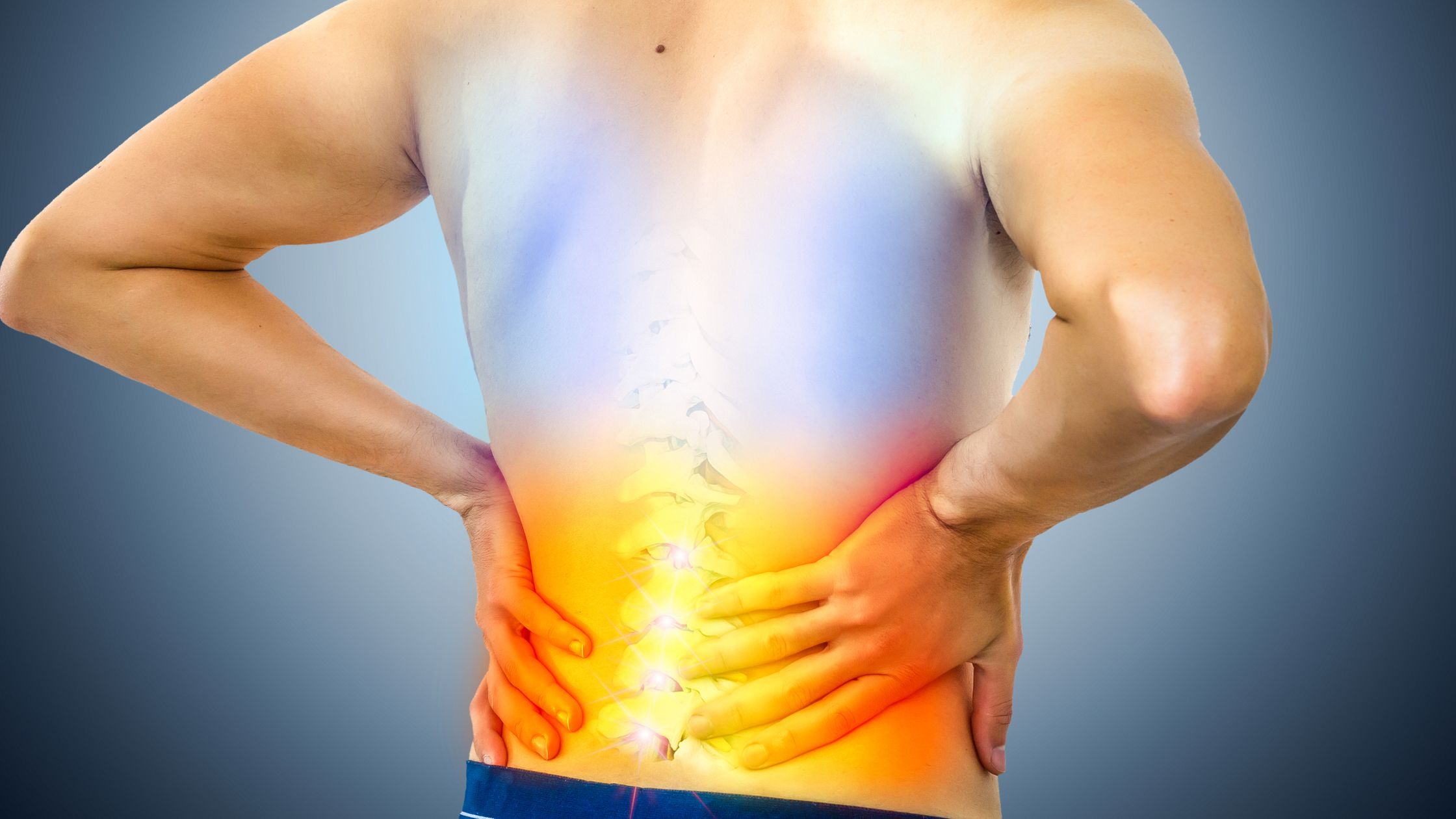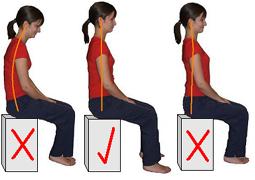Millions of people experience acute or chronic back pain every year, and it’s one of the most common reasons to seek medical attention. It can range from mild discomfort to debilitating pain that disrupts daily life. Whether your pain stems from a sudden injury or develops over time, it’s important to find the right treatments. This article discusses treatments for back pain, highlights the importance of consulting a spine doctor in NJ, and emphasizes the role of after-hospital care to support recovery and keep it from coming back.
Understanding Back Pain and Its Causes
Mechanical Issues in the Spine
Mechanical issues, like herniated discs, spinal stenosis, or degenerative disc disease, are common causes of back pain. These problems are usually caused by wear and tear, repetitive strain, or sudden trauma affecting the spine’s structure. These conditions can get worse if they aren’t treated, so early care is key to restoring mobility and reducing discomfort.
Lifestyle Factors
Do you spend long hours sitting, slouching at a desk, or lifting heavy objects without proper form? These habits put a lot of strain on the spine, leading to chronic discomfort. Incorporating daily stretches, ergonomic furniture, and low-impact activities like walking can greatly improve your back health.
Medical Conditions
Health conditions like arthritis, osteoporosis, and infections can contribute to back pain. These issues often require diagnostic imaging and specialized treatments to address both symptoms and their root causes.
Nonsurgical Treatment Options
Physical Therapy and Exercise
Physical therapy is a huge part of managing back pain without surgery. Tailored exercise plans strengthen your core, improve flexibility, and correct posture. This way, they reduce pain and help prevent future injuries. Activities like yoga and swimming are excellent ways to support spinal stability while staying active.
Pain Management with Medications
Over-the-counter NSAIDs and acetaminophen are reliable options for pain relief. For more persistent issues, healthcare providers may prescribe medications like muscle relaxants or nerve-specific pain relievers. Proper supervision ensures that these treatments address your needs without too many side effects.
Alternative Therapies
Complementary treatments, like acupuncture, massage therapy, and chiropractic care, offer additional pain relief by reducing tension and improving mobility. These methods work best when combined with conventional treatments, providing a holistic approach to managing back pain.
Interventional Treatments
Epidural Steroid Injections
For individuals with herniated discs or spinal stenosis, epidural steroid injections reduce inflammation and nerve pressure, relieving pain. This temporary solution can enable you to participate in physical therapy and strengthen your back over time.
Radiofrequency Ablation
Radiofrequency ablation is a minimally invasive procedure that disrupts pain signals by targeting specific nerves with heat. This technique is especially useful for those with chronic back pain that hasn’t responded to other treatments.
Chiropractic Adjustments
Chiropractic care focuses on spinal alignment to alleviate pain and restore mobility. Adjustments made by a licensed chiropractor can help prevent acute pain from becoming a long-term issue, making it an effective part of early intervention.
Surgical Options
Spinal Fusion
Spinal fusion stabilizes the spine by permanently joining two or more vertebrae. This surgery is typically recommended for individuals with degenerative disc disease or significant instability in their spinal column. By restoring stability, spinal fusion can significantly reduce pain and improve quality of life.
Discectomy
A discectomy removes portions of a herniated disc that press on nearby nerves. This procedure provides relief from radiating pain, especially in cases that haven’t responded to nonsurgical methods.
Laminectomy
Laminectomy surgery relieves nerve compression by removing bone spurs or sections of vertebrae. Commonly used to treat spinal stenosis, this procedure can improve mobility and reduce chronic discomfort.
The Role of After-Hospital Care
Continuing Physical Therapy
Physical therapy is a huge part of recovery and extends beyond the hospital stay. Following prescribed exercises helps maintain strength and flexibility, reducing the chances of recurring pain. A physical therapist can guide you through movements tailored to your specific condition.
Managing Pain with Medications
Post-treatment recovery often includes adjusting pain management strategies. Medications may need to be modified to stay effective without forming habits. This makes it imperative to communicate with your doctor for a smooth recovery.
Making Lifestyle Changes
Long-term recovery requires changes to daily habits. Maintaining good posture, engaging in regular physical activity, and avoiding prolonged sitting are simple but powerful ways to protect your back. Even small steps, like using supportive shoes, can make a long-term difference.
When to See a Specialist
Persistent back pain that lasts longer than a few weeks, worsens with activity, or is accompanied by numbness or tingling in your limbs warrants immediate attention. Consulting a spine doctor ensures that you receive timely care, improving your chances of effective treatment and preventing long-term complications.f
Take the Next Step Toward Pain-Free Living
Treatments for back pain range from physical therapy and medications to interventional and surgical solutions. Consulting a spine doctor in NJ brings you the care necessitated by your specific case. Remember, after-hospital care and lifestyle adjustments are crucial for long-term relief. Take charge of your spinal health today and start your journey toward living pain-free.
Resources:
https://www.mayoclinic.org/diseases-conditions/back-pain/diagnosis-treatment/drc-20369911
https://www.niams.nih.gov/health-topics/back-pain/diagnosis-treatment-and-steps-to-take
https://medlineplus.gov/ency/article/007486.htm
https://my.clevelandclinic.org/health/symptoms/back-pain
https://www.webmd.com/back-pain/understanding-back-pain-treatment




